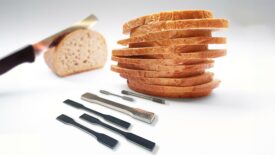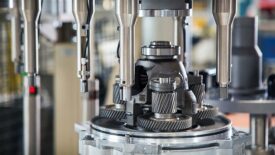Test & Inspection
Test & Inspection
The true cost of calibration testing often stays hidden, escaping scrutiny in operational and maintenance metrics.
Read More
Test & Inspection
Circuiting Progress: Academics to Analog Design Engineer
Analog design creates a seamless connection between the analog world and modern digital technology.
April 29, 2025
Test & Inspection
Portable Hardness Test Methods and When to Use Them
The most important step is to familiarize yourself with the limitations of the test method to avoid inaccurate results.
March 16, 2025
Test & Inspection
Advancements in Hardness Testing: Heatmapping and the Power of AI-Indentation Evaluation in the Metals Industry
An exciting addition to hardness testing is the integration of AI-based indentation evaluation, which enhances the precision and efficiency of hardness mapping.
February 15, 2025
Test & Inspection
Energy Costs, EV Growth Drive Changes in Leak Testing Methods
The scope of leak testing applications continues to expand beyond traditional industries.
January 27, 2025
Test & Inspection
Universal Testers: The Greatest Thing for Slicing Bread?
Documenting material properties is often a key factor in quality control and R&D divisions.
January 24, 2025
Test & Inspection
Noise Vibration Harshness (NVH) Quality Inspection
To meet the new torque and rpm requirements, the gears for electric drives must be designed with tighter manufacturing tolerances, especially in terms of lead and profile characteristics.
January 2, 2025
Stay in the know with Quality’s comprehensive coverage of
the manufacturing and metrology industries.
eNewsletter | Website | eMagazine
JOIN TODAY!Copyright ©2025. All Rights Reserved BNP Media.
Design, CMS, Hosting & Web Development :: ePublishing
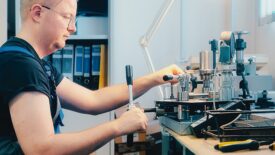


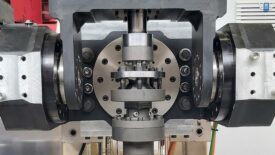
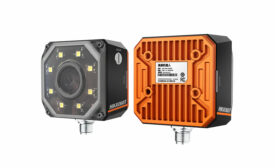
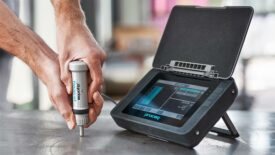

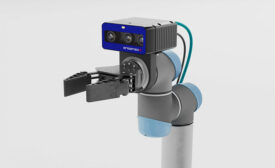
b002.jpg?height=168&t=1738009418&width=275)

